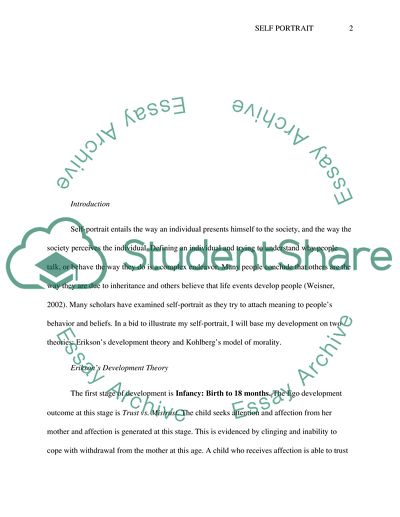Cite this document
(The Concept of Self Portrait - Eriksons Development Theory Research Paper, n.d.)
The Concept of Self Portrait - Eriksons Development Theory Research Paper. Retrieved from https://studentshare.org/sociology/1761975-self-portrait
The Concept of Self Portrait - Eriksons Development Theory Research Paper. Retrieved from https://studentshare.org/sociology/1761975-self-portrait
(The Concept of Self Portrait - Eriksons Development Theory Research Paper)
The Concept of Self Portrait - Eriksons Development Theory Research Paper. https://studentshare.org/sociology/1761975-self-portrait.
The Concept of Self Portrait - Eriksons Development Theory Research Paper. https://studentshare.org/sociology/1761975-self-portrait.
“The Concept of Self Portrait - Eriksons Development Theory Research Paper”, n.d. https://studentshare.org/sociology/1761975-self-portrait.


